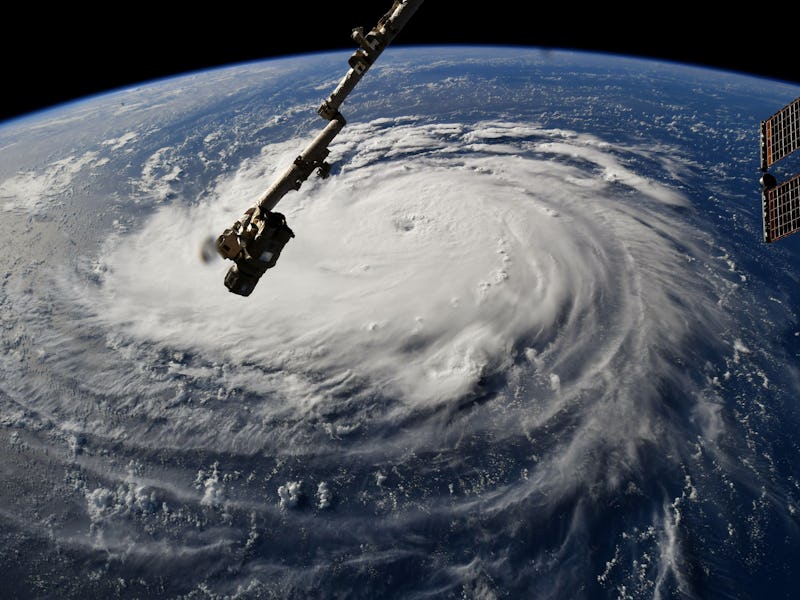Hurricane Florence Evacuation: South Carolina Has Turned I-26 Into a One-Way Street
But not every state is sold on the policy

On Monday, Hurricane Florence made quick work of both Category 3 and is sustaining Category 4 storm status. By Tuesday afternoon, it was gaining speed, closing in on North Carolina, South Carolina, and Virginia. Already, where some counties have already instituted mandatory evacuation policies alongside some disconcerting, but essential traffic regulation that will likely save lives.
Right now, Florence is chugging along, generating winds somewhere around 130 mph. But perhaps the most pressing issue facing most of the counties where residents will be forced to leave their homes is coastal flooding. CNN reported that as of Monday, coastal counties in North Carolina had instituted mandatory evacuations. South Carolina followed suit, as did a few counties in Virginia. Notably, the traffic from all three of these southern states is now converging on a few coastal evacuation routes. In order to help mitigate the inevitable traffic, South Carolina is actually allowing people to drive the wrong way on the highway.
Coastal evacuation zones in South Carolina
See also: Hurricane Florence: Arrival Time, Rainfall Forecast, Flooding Predictions
For example, The State reported that South Carolina’s governor Henry McMaster ordered reversals of traffic on the I-26, a highway that leads northwest towards Kentucky. However, this doesn’t mean that the traffic runs one way in all sections of the road. Motorists should take care to note that as soon as the I-26 hits the Interstate 77 they’re subject to normal traffic patterns. This strategy is called “contraflow lane reversal” and was first coined in the early 1990s, after Hurricane Georges and Hurricane Floyd caused widespread devastation.
South Carolina has instituted this policy several times in the past in an attempt to help keep things moving as people comply with the mandatory evacuation orders. Once in 2016, then-governor Nicki Haley reversed all lanes of traffic on I-26 for hurricane Matthew, clearing a 100 mile one-way stretch of highway. Other southern states including Mississippi, and Louisiana also have contraflow lane reversal policies.
But not everyone is so sold on contraflow reversal. For example Florida, the hotbed of hurricane activity, doesn’t use this tactic. Instead, the Sunshine State allows drivers to use the shoulder of the Interstate in the event an emergency evacuation.
However, opening up these additional lanes seems to be South Carolina’s tactic of choice — something that those who are packing up and heading out may be grateful for as the storm nears, and the traffic mounts.